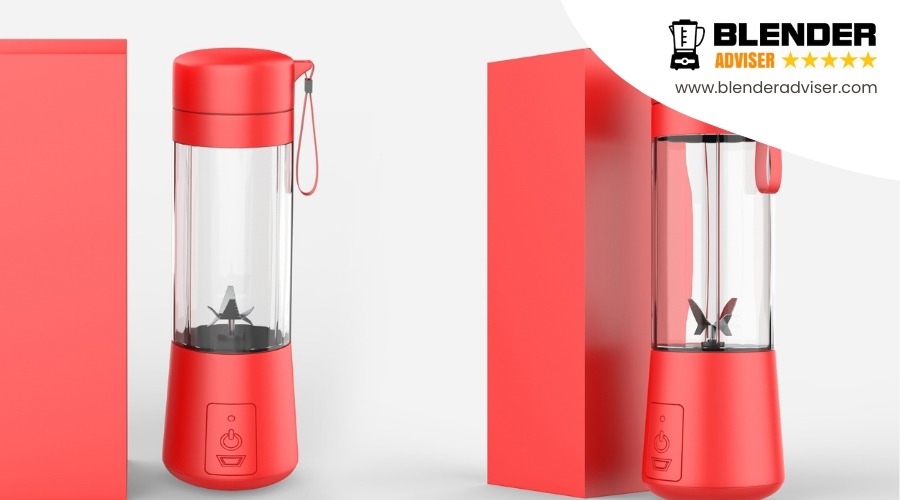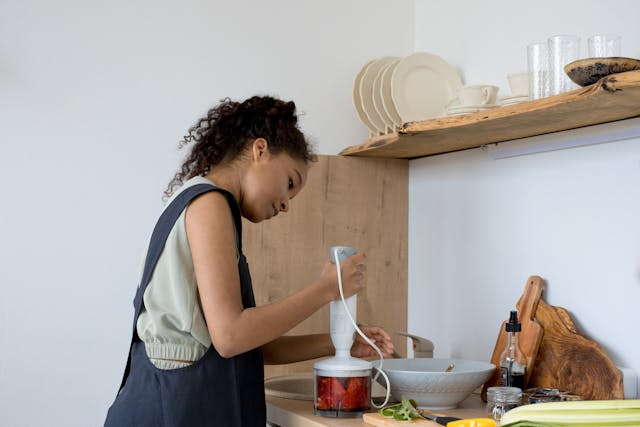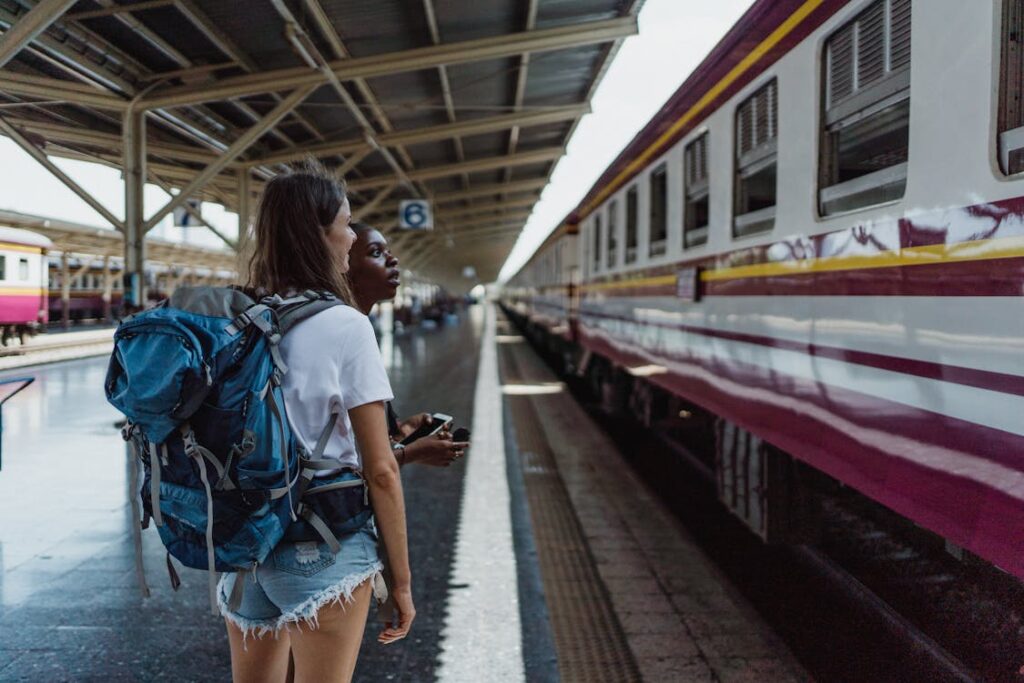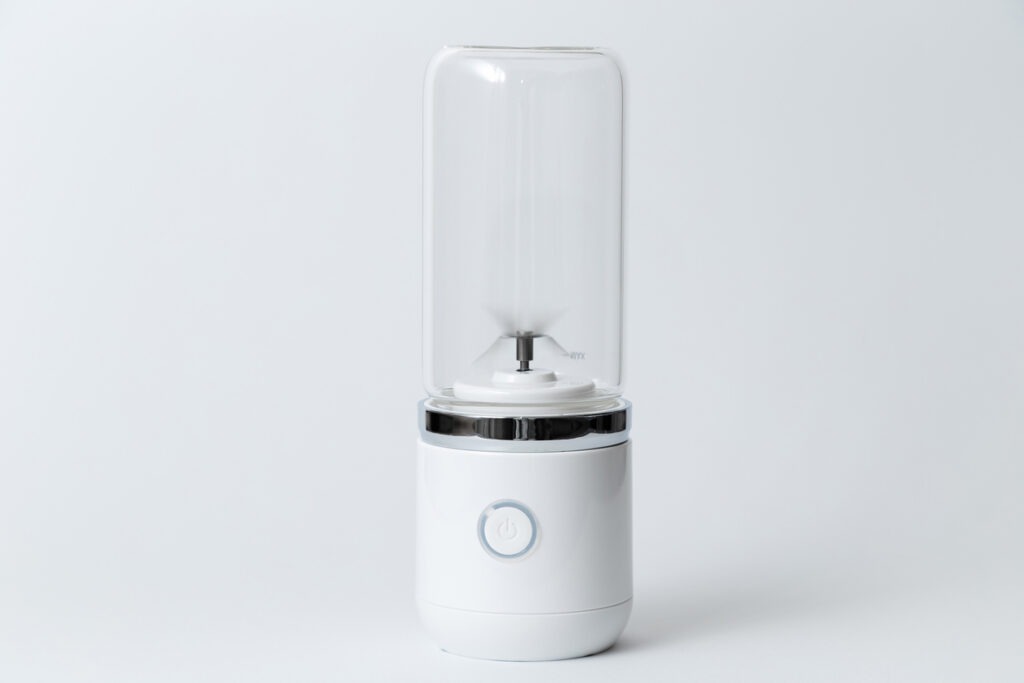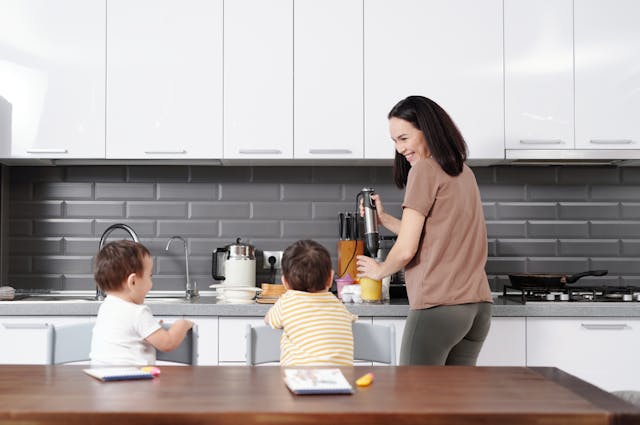Have you ever wondered how to keep your smoothie routine uninterrupted while traversing the globe? Carrying your blender abroad isn’t as straightforward as it seems, given the myriad of considerations from voltage differences to TSA regulations.
This guide doesn’t just walk you through selecting the perfect travel-friendly blender; it arms you with essential tips for packing and using your device safely and efficiently overseas. Whether it’s understanding wattage requirements or navigating airport security, you’ll find invaluable insights that ensure your blender becomes as indispensable a travel companion as your passport.
Curious about blending your way through foreign lands without a hitch? Let’s explore the key to unlocking seamless culinary adventures far from home.
Understanding Voltage Differences
Before packing your blender for an international trip, it’s crucial to understand the voltage differences between countries to prevent damage to your appliance. Voltage varies globally, mainly falling into two categories: 110-120V, common in the USA, and 220-240V, typical in Europe. Ignoring these voltage differences can lead to your powerful blending companion becoming damaged or even posing safety risks.
To ensure your portable blender remains your travel buddy for delicious, healthy concoctions, it’s vital to check both its voltage requirements and those of your destination. If there’s a mismatch, don’t worry. Transformers or voltage converters can bridge the gap, making your blender adaptable to different electrical systems for international use. However, remember that not all transformers are created equal. You’ll need one that can handle the wattage of your blender to avoid any mishaps.
Some blenders are designed with travel in mind, featuring dual voltage capabilities. This means they can switch between voltage standards without needing an external converter, significantly reducing the safety risks associated with using high-powered appliances abroad. So, before you jet off, taking a moment to understand these aspects can save you from potential blending blunders on your travels.
Selecting Travel-Friendly Blenders
After understanding voltage differences, it’s essential to focus on selecting a blender that’s not only travel-friendly but also meets all your on-the-go blending needs. Start by considering the power source compatibility. A travel blender that adapts to various power sources abroad is crucial. Look for options with a compact design and a lightweight build. These features make the blender easy to pack and carry, ensuring your travel bag isn’t weighed down.
Next, evaluate the blender’s motor. Even with a compact design, the motor must be powerful enough to crush ice cubes, allowing you to enjoy chilled beverages anywhere. This capability is a hallmark of a travel-friendly blender. Additionally, check if the blender includes a travel cup. This added convenience means you can blend and go, saving time and hassle.
Lastly, consider the blender’s blades. Ensure they’re designed for safety and can be securely packed in checked baggage. The blades should be robust, capable of handling everything from fruits to ice, making your travel blender a versatile companion.
Packing Your Blender Safely
Ensuring your blender travels safely requires careful packing and awareness of transportation regulations. When you’re packing your blender for travel abroad, it’s not just about making sure it fits in your luggage. You’ve got to consider its parts, especially those sharp stainless steel blades that make your Portable Blender so easy to use.
To ensure everything arrives in one piece, here are a few tips:
- Remove and securely wrap the blade. Whether it’s for a Portable Blender or a larger model, removing the blades and ensuring they’re sheathed or securely wrapped prevents any accidents or damage. This step is crucial for keeping your blender and other items in your luggage safe.
- Use a protective case or travel lid. A protective case or even a travel lid can provide an extra layer of security for your blender while in transit. This is particularly helpful if you’re planning to keep the blender in your carry-on bag.
- Pack ingredients separately. To avoid any spills or leaks that could make a mess in your luggage, always pack your ingredients separately. This not only keeps your blender clean but also ensures you’re ready to use it as soon as you arrive.
Navigating TSA Regulations
Now that you’ve packed your blender safely, it’s important to understand TSA regulations to ensure a smooth journey through airport security. When traveling abroad, the first thing to note is that blenders can indeed be part of your carry-on or checked luggage. However, to comply with TSA regulations, any blades must be removed, sheathed, or securely wrapped to prevent harm. This blade safety measure is crucial for carry-on bags, especially since you’ll need to quickly prove the safety of your blender at security checkpoints.
Moreover, if your blender is coming with you in your carry-on, remember the 3-1-1 liquids rule. Any liquids you plan to carry in your blender must fit within the regulations—each container must be 3.4 ounces or less, all fitting in one quart-sized, clear, zip-top bag. For added protection and to ease your journey, consider using a protective case or bag for your blender. This not only prevents damage during transport but can also help you stay organized and move faster through security checks.
Being aware of these TSA guidelines for both carry-on and checked luggage will help ensure your blender transport is hassle-free. So, before heading to the airport, double-check your preparation against TSA’s rules, and you’ll be all set for a smooth security checkpoint experience.
Blending Abroad Tips
Before you start whipping up your favorite smoothies or dishes abroad, it’s crucial to check your blender’s voltage compatibility to prevent any damage or safety hazards. Powerful blenders can be a kitchen’s best friend, but when traveling, portable or travel blenders become indispensable due to their easy transportation. However, not all electrical outlets will match the one your blender uses back home.
To ensure a smooth blending experience overseas, keep these tips in mind:
- Invest in a travel adapter or converter to match your blender with various electrical outlets, ensuring it powers up without any hitches.
- Consider the weight and size of your blender. Portable blenders are ideal for travel, making them easy to pack and carry.
- Embrace local ingredients to enhance your blending adventures. Trying local recipes can introduce you to new flavors and methods, making your experience richer.
Conclusion
Now you’ve got all the essentials for taking your blender abroad. Remember, checking voltage differences is key to avoid mishaps. Choose a travel-friendly blender that ticks all boxes for portability and functionality.
Pack it safely and stay informed about TSA regulations to breeze through security. With these tips, blending abroad will be a piece of cake. Embrace the convenience and comfort of your favorite smoothies or shakes, no matter where in the world your adventures take you.
Safe travels and happy blending!

